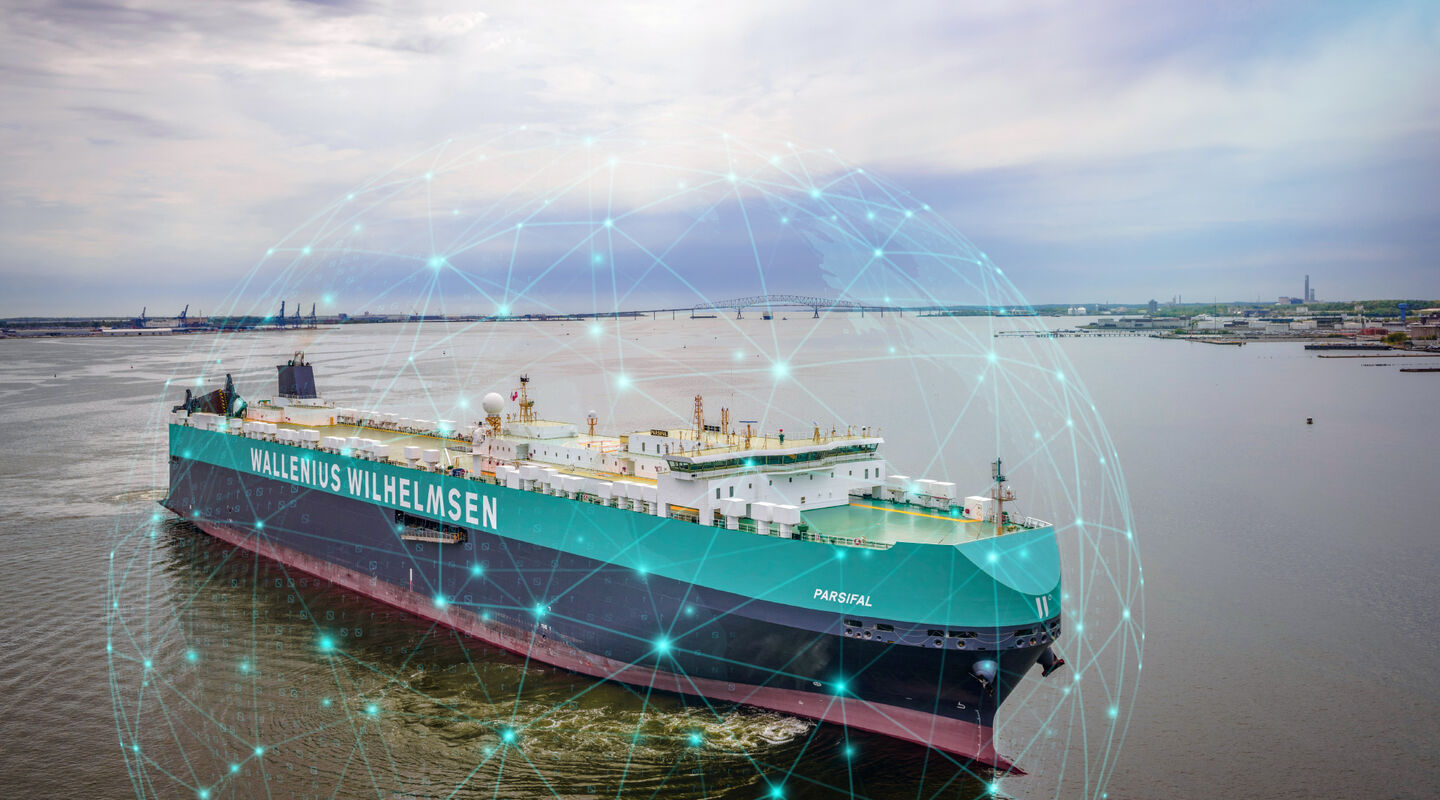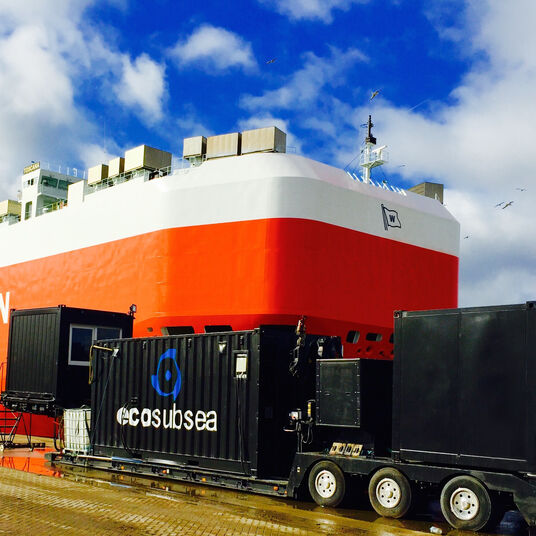Vessels of the future: How technology is transforming our fleet
With 55 vessels now streaming performance data to onshore digital dashboards, we can track engine performance to improve efficiency and reduce emissions.

It’s often said that knowledge is power, but in today’s connected world so is data.
That’s why we’re going full steam ahead with One Operation, a digital transformation programme that’s building a fleet-wide solution to capture, process and analyse data from our vessels.
Last year, four vessels in our fleet were connected to a digital dashboard that continuously monitors and displays engine performance. Today, 55 vessels are live streaming data to the platform, providing us with insights that are helping us to handle your products, increase energy efficiency and optimise voyages.
Harnessing the power of data
We’re currently streaming data from engine and fuel flow monitoring systems, as well as navigational systems and other onboard components to build a complete picture of how our vessels are operating.
This data will be used to identify improvement measures, which will be implemented in a series of ‘use cases’, explains Geir Fagerheim, senior vice president of marine operations. “Initially, we’re looking into improvements in both engine performance and power production,” he says.
Combining live data with baseline information on engine performance, we can see how fuel is used compared to an engine that’s running perfectly. “This will enable us to improve engine health and reduce emissions,” adds Fagerheim.
Greater accuracy with predictive systems
Having an accurate breakdown of a vessel’s performance not only helps to optimise engine performance but also avoid fluctuations in power output and unnecessary idling entering a port.
With that goal in mind, Fagerheim and the team are currently building digital twins – digital representations of a physical vessel – that will enable them to create machine learning models for each ship and provide real-time advice to the crew.
By combining weather and ocean condition forecasts with the digital twin, the crew should be able to pinpoint the power setting needed for a vessel to arrive at a planned arrival time using the lowest amount of energy – something even the most experienced navigators struggle to predict with accuracy.
Future-proofing our operations
Looking to the future, the data streamed to digital dashboards could also be used to enable predictive maintenance of our vessels.
By digitalising our ships, we can provide better transparency in the way we operate, explains Fagerheim. “The early indications from the first digitalised vessels suggest that we could target 10-15% reductions in emissions when this is rolled out at full scale.”
“The digitalisation of our fleet puts us in a better position to deliver digital upgrades to vehicles and other data-driven services for customers in transit,” he continues. “Eventually it could also mean a more automated system of cargo management and storage, resulting in time and cost savings.”
The ability to capture and analyse such vast quantities of data undoubtedly offers a myriad of opportunities. “We find ourselves at the cutting edge of a new technological era and we see endless opportunities for creating business value from further digitalisation,” says Fagerheim. “Streaming data and utilising it smartly will play a crucial role in how we continue to define logistics for a world in motion, both now and in the years to come.”




